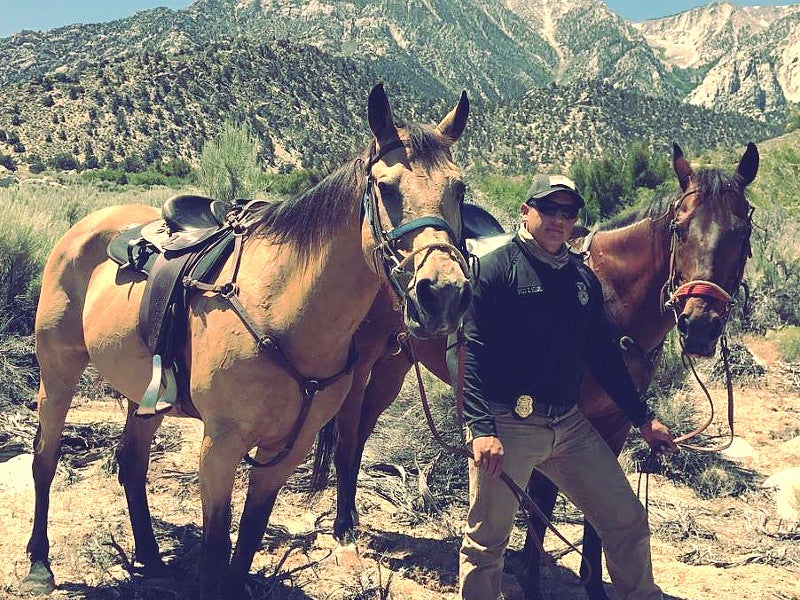After a U.S. Air Force RQ-4 Global Hawk drone crashed near Mt. Whitney on June 21, 2017, the service found itself presented with the difficult task of assessing the crash site and retrieving components of the aircraft from the rugged, mountainous terrain. In the end, a one-of-its-kind horse patrol unit from Vandenberg Air Force Base arrived in the area to help with the recovery effort in areas that would have been impossible to reach using vehicles and slow to maneuver through on foot.
The 30th Security Forces Squadron’s Mounted Horse Patrol received its orders on June 27, 2017, and arrived at the impromptu base of operations in Lone Pine, California, situated close to the base of the mountain, the next day. The 30th created the horse unit in 1994 and it is the only element anywhere in the Air Force to have Military Working Horses and riders. It is also one of only a few dedicated mounted elements left anywhere in the U.S. military.
“The objective was to use the Military Working Horses to expedite the search area of 13 square miles and traverse the area troops could not effectively search due to chest-high sage brush,” U.S. Air Force Staff Sergeant Salvador Aceves, a member of the Mounted Horse Patrol, told the service’s reporters in July 2017. “ATVs [all terrain vehicles] were not authorized for use due to being on Bureau of Land Management property, as well as the terrain consisting of high sage brush and large rocks.”
The restrictions on the use of motorized vehicles that Aceves noted were as much a product of what was on the land as the terrain itself. The Global Hawk had come down right in between California’s Sequoia National Park and the Inyo National Forest in California. The entire crash site was also within a congressionally designated zone known as the John Muir Wilderness.
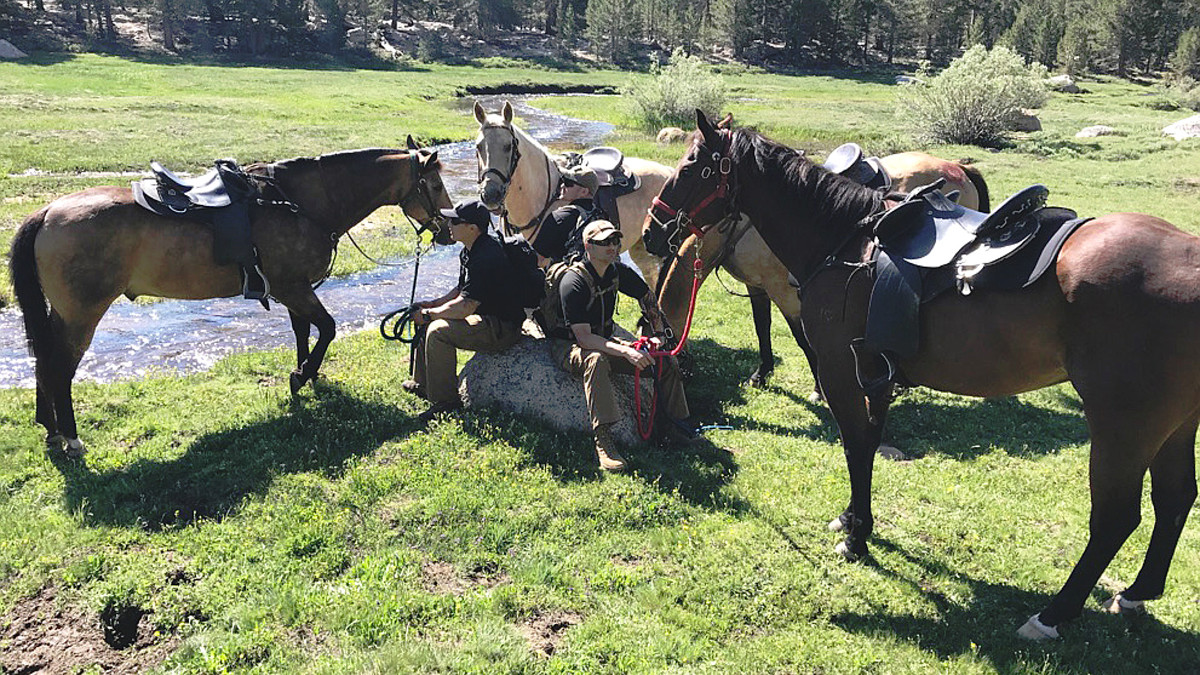
There “the earth and its community of life are untrammeled by man, where man himself is a visitor who does not remain,” the Air Force said in documents related to the recovery effort that it released in July 2018. The area is home to the Sierra Nevada Big Horn Sheep, an endangered species, and the Whitebark Pine, a candidate endangered plant species.
That’s to say nothing about potentially disturbing items of cultural or historical significance, including artifacts related to Native American inhabitants of the area. As such, there are a host of laws and regulations to help conserve the flora, fauna, and other aspects of the John Muir Wilderness.
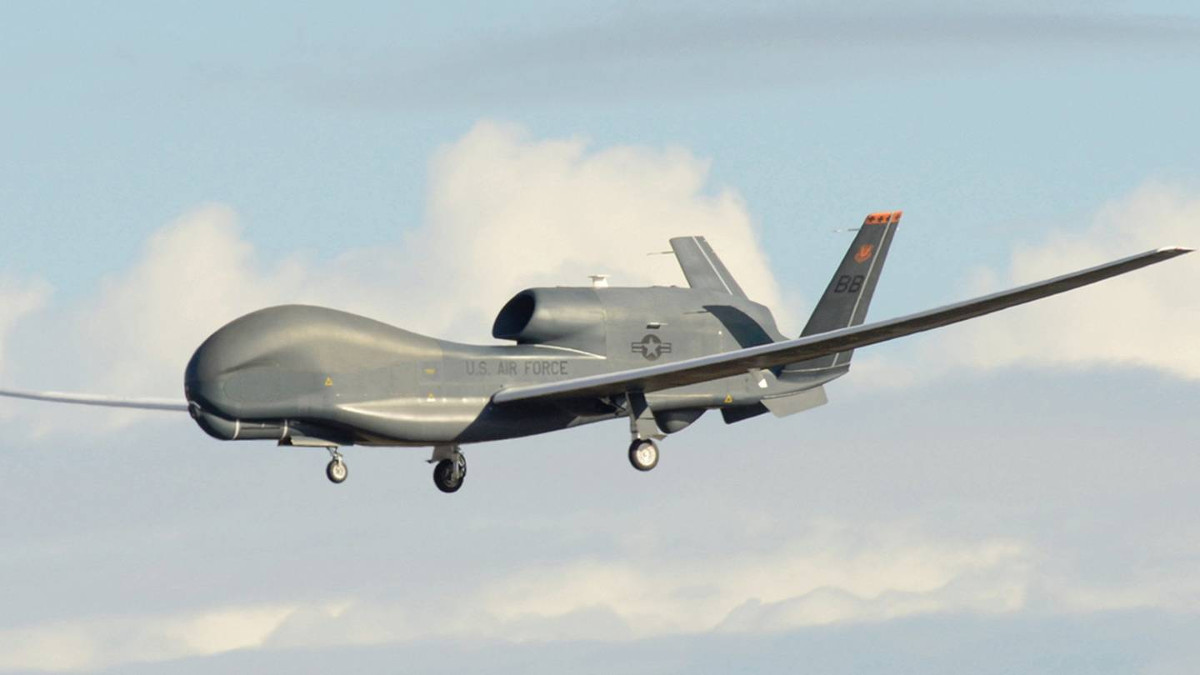
Beyond the environmental concerns, just getting near the crash site was a challenge. The bulk of the RQ-4 had come to rest at an altitude of approximately 10,000 feet. Surveying much of the site and the surrounding enviorns on the ground would have been hard to do even on a small 4×4 ATV. This is exactly why various U.S. military units, especially special operations forces, and various U.S. law enforcement agencies continue to maintain the ability to use horses and other pack animals, as necessary, alongside more modern transportation options.
For the 30th’s mounted personnel, though, the complexities of the situation near Mt. Whitney were very similar to what they had to deal with during their normal day-to-day activities at Vandenberg. Along with the rest of the squadron, the unit helps keep watch around the base, its associated facilities, and the land that surrounds them. Staff Sergeant Aceves and the other members of the horse patrol have to be mindful of many of the same restrictions during any of those rides as they did in the John Muir Wilderness.
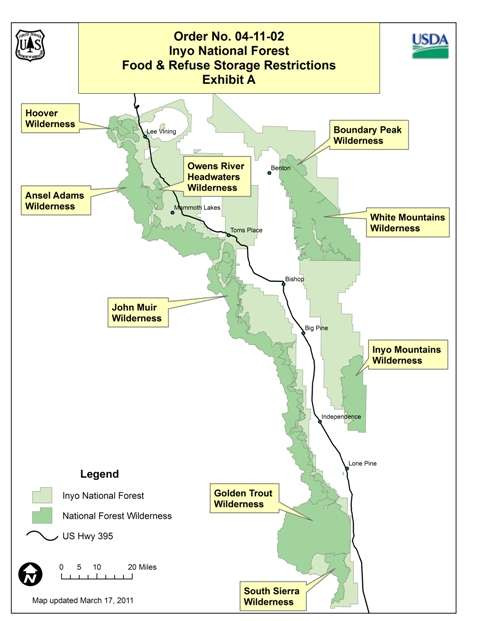
“Our role is to enforce all federal, state, local cultural, and natural resource laws here on Vandenberg,” Staff Sergeant Elias Romero, another member of the unit, explained in July 2017. “We patrol over 99,000 square acres [more than 150 square miles] of land, 70,000 [nearly 110 miles] of which are designated for hunting. … We also patrol the 36 miles of coastline owned by Vandenberg.”
These areas include 17 designated hunting grounds, with various special firearms restrictions, and contain 17 endangered species and 2,500 known cultural heritage sites. The horses and riders even sweep through some of the hardest to reach spots around Vandenberg’s various space vehicle launch pads before any rocket actually blasts off. This process ensures that there are no individuals or protected animals in areas where debris might come crashing down if the launch fails.
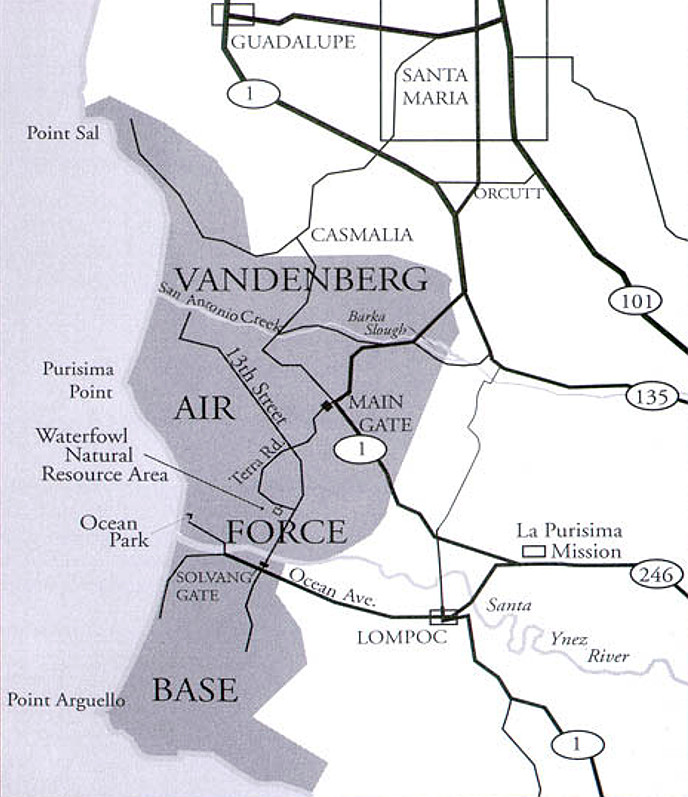
In the four days they spent working the crash site on Mt. Whitney, the Mounted Horse Patrol covered a total distance of 30 miles. This included a 15-mile route reconnaissance mission to scout out a path to a new forward base camp further up the mountain.
Romero said that the horse-mounted team had been able to cover an area in the first two days that it would’ve taken personnel on foot a week to traverse. The Air Force saved approximately 168 man hours of work and estimated $1.5 million in salaries and other costs by using these specialized airmen from the 30th instead.

According to separate Air Force documentation, personnel never managed to get to the crash site by foot, only ever reaching an altitude of approximately 7,400 feet up the side of Mt. Whitney. Helicopters inserted other individuals further up the mountain, at a height of around 11,500 feet, who then descended to a stable location close to where most of the wreckage was situated.
The Air Force subsequently hired a contractor to use a heavy-lift helicopter to try to recover some of the larger portions of the RQ-4. The plan was also to prevent as much environmental contamination as possible from the crash.
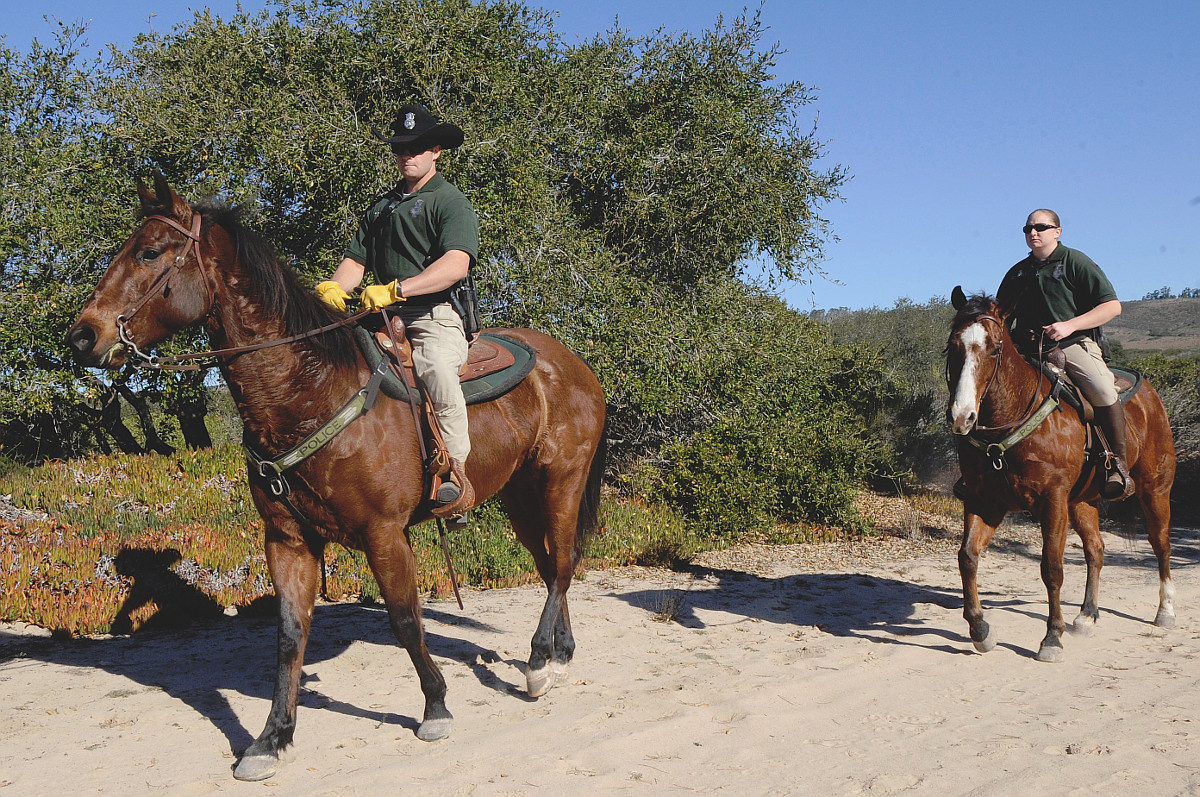
The service has yet to release the results of its investigation into the crash publicly. It has also declined to give any additional details about the recovery effort until that review is complete.
What we do know is that the Mounted Horse Patrol and its Military Working Horses were an important part of the Air Force’s response to the accident.
Contact the author: jtrevithickpr@gmail.com
